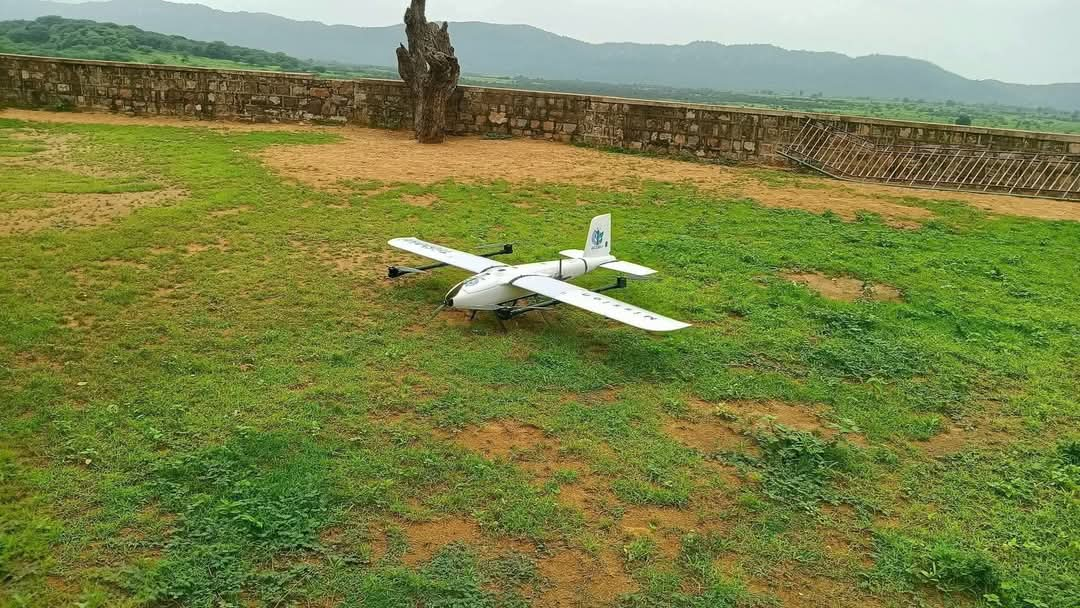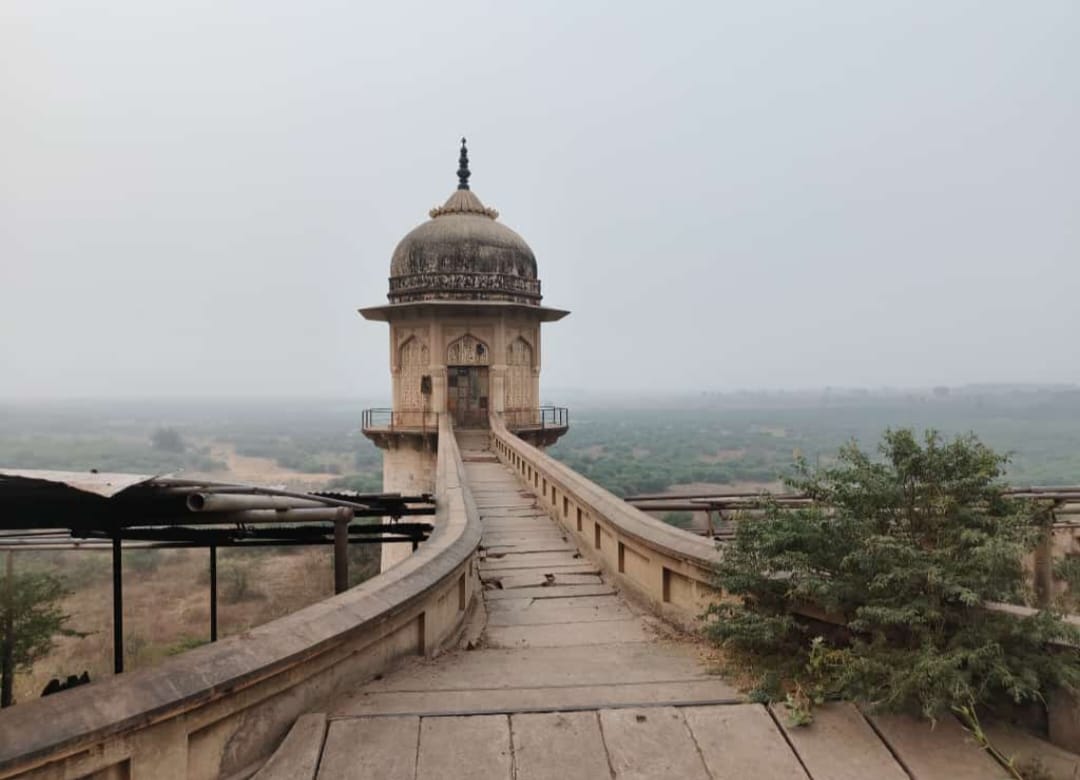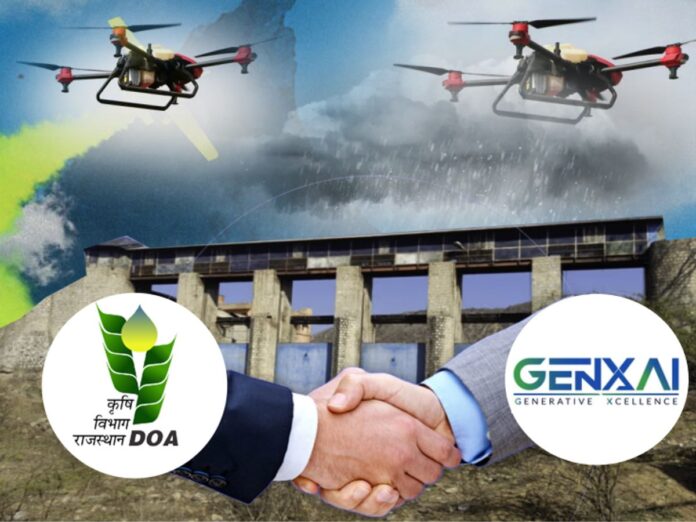Historic Ramgarh Dam revival plan stalls as technology falters; next attempt pending
India’s much-anticipated first drone and AI-powered artificial rain experiment faced an unexpected setback on Tuesday, as a GPS malfunction halted operations at the historic but dried-up Ramgarh Dam in Jaipur.
The project, jointly undertaken by GenX AI (operating from India and the US) and the Rajasthan government, aimed to use drones and AI-guided cloud seeding to revive surface water sources — a move expected to improve Jaipur’s drinking water supply and protect the dam’s biodiversity.

What Went Wrong?
Test flights began around 2:20 PM, but the drones’ GPS systems failed to function as planned. Officials blamed “overloaded mobile networks” due to the presence of a large crowd of villagers at the site.
This glitch forced officials to suspend the mission, with no immediate confirmation on when the experiment will resume.
How Cloud Seeding Works
Cloud seeding is a weather modification technique that involves spraying sodium chloride, sodium iodide, or dry ice into clouds, encouraging water vapour to condense into raindrops.
For this experiment, AI technology was programmed to guide Taiwanese drones into the clouds, where they would release the seeding chemicals. The plan was to store weather and operational data for one month after the trials.
Why Ramgarh Dam?

Originally, Mansagar Dam at Jal Mahal was chosen, but its smaller size and proximity to residential areas led officials to select Ramgarh Dam, which is larger, currently dry, and historically significant.
-
Foundation laid: 30 December 1897 by Maharaja Madho Singh II
-
Completed: 1903
-
Historic moments:
-
1931 – Viceroy Lord Irwin inaugurated Jaipur’s first drinking water supply scheme from the dam.
-
1982 – Venue for Asian Games sailing competition.
-
-
Ecological role: Key water source for the Jamwaramgarh Wildlife Sanctuary.
Past Cloud Seeding in India
India’s first recorded rainmaking attempt dates back to 1951, using ground-based silver iodide generators over the Western Ghats.
Key milestones:
-
1952 – Salt and silver iodide dispersed via hydrogen balloons.
-
1957–1966 – Long-term seeding in north India increased rainfall by 20%.
-
1973–1986 – IITM’s experiments in Maharashtra’s Baramati region showed 24% more rainfall.
-
Similar trials were conducted in Mumbai, Tiruvallur, and other regions during the 1970s.
The project involves coordination between the Agriculture, Meteorology, Water Resources, Irrigation, and Pollution Control departments. DGCA permissions were secured, but following Tuesday’s failure, the next test date will be announced after technical reviews.
If successful, the initiative could position Rajasthan as a pioneer in using AI-driven drones for drought mitigation in India.








